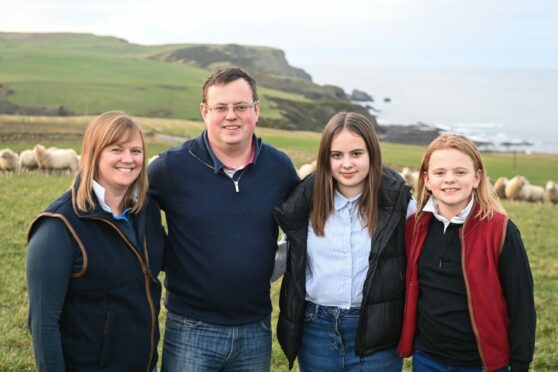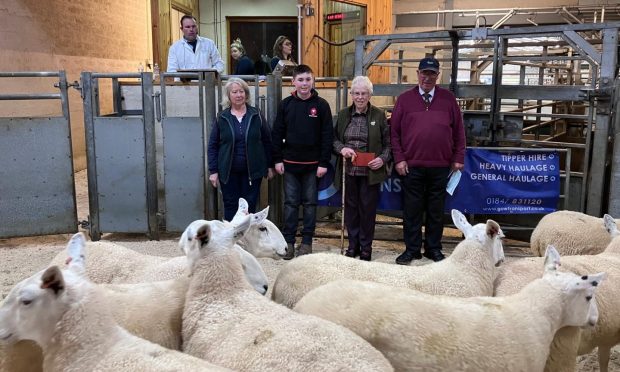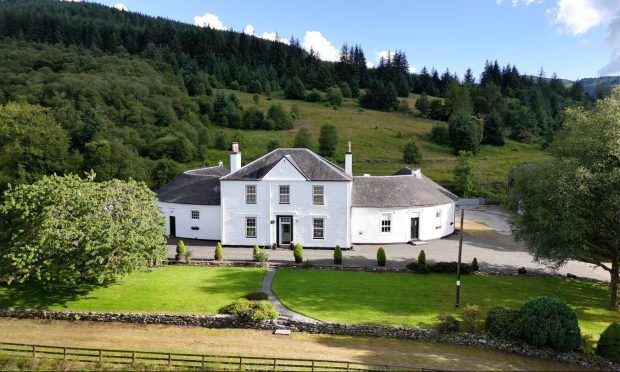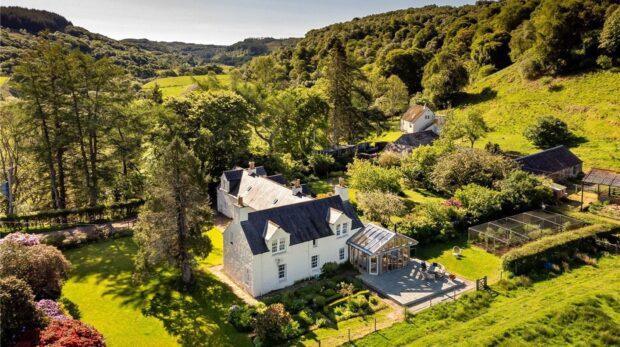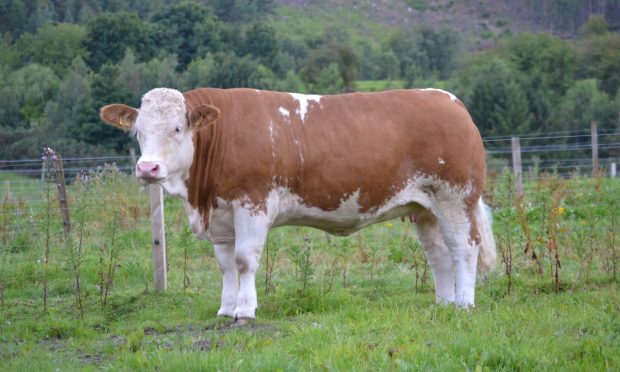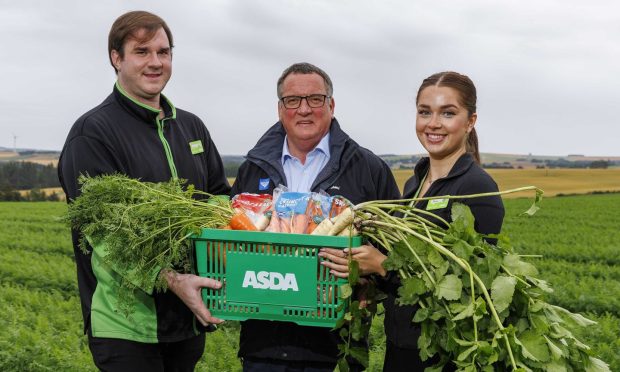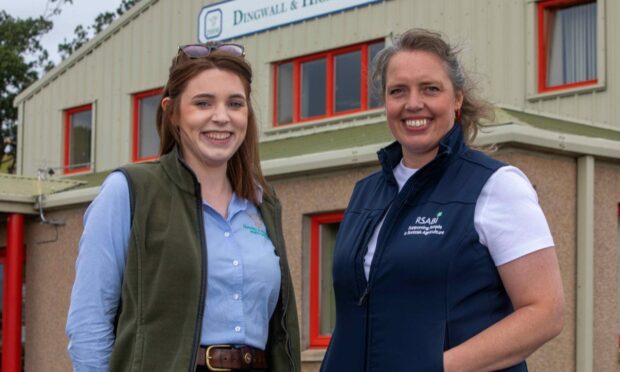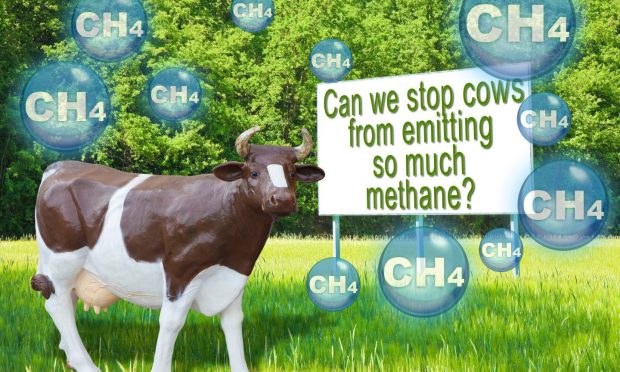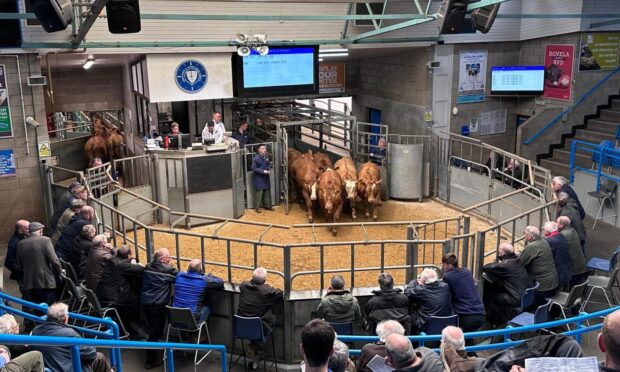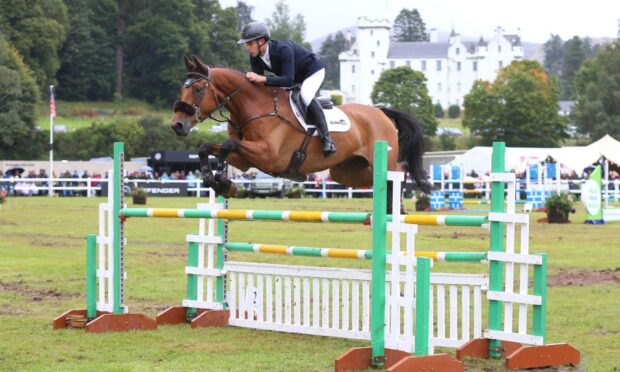For Buchan farmer Bruce Irvine, becoming one of Scotland’s new Monitor Farmers couldn’t have come at a better time.
He is on a quest to be as efficient as possible on his 250ha (650 acre) livestock and arable unit, Sauchentree, near New Aberdour, close to Fraserburgh. The coastal location means it has sand and gravel soils, which were hard-hit by last year’s drought, and the business became organic about six years ago, so he has plenty of questions and an appetite to be challenged to improve.
Until recently, his father worked alongside him, but now Bruce is the single full-time person on the farm. Family and friends come to help at busy times, with vet students coming to lend a hand at lambing and calving. “I want to make things easier and simpler now it’s just me. I am trying to be as efficient as possible without having a detrimental effect on anything.”
‘I want to make things easier and simpler now it’s just me’
The farm is split into 48ha (120 acres) of arable, mainly feed and malting barley, and oilseed rape when drilling conditions are correct, plus 19ha (46 acres) of forage crops. The remaining acreage is rotational and permanent grass. In previous years, stocking has been up to 1,000 sheep and 120 suckler cows, but numbers have fallen to about 560 ewes and the farm will probably have about 100 cows by the end of the coming calving season, he says.
The reduction in numbers has been driven, in the main, by drier summers, although the current cow trade is encouraging him to reduce his herd’s overall age. Last summer’s prolonged drought was ‘horrendous’, he says. He was feeding hay from July onwards, which has left only eight to ten bales for feeding in spring when it is traditionally used to bolster grazing.
About 60-70 of the farm’s Salers, Limousin and Stabliser cows are outwintered before calving over an 11 week period in spring, with the remaining late winter/early spring calvers, who calve in a six-week block, being the only cows inside. Cows are outwintered on swedes and straw, while their calves are weaned in late autumn and are inside on silage, straw and home-grown barley before most are sold privately as stores.
Mr Irvine has been using two Stabiliser bulls and says their easy fleshing characteristic works well on the Salers in particular.
Cast cow trade is encouraging Bruce to reduce his herd’s overall age
Having hosted his first Monitor Farm meeting in December, one of the suggestions from attendees was that a tighter calving period would help reduce his workload. This is something he is keen to implement, so a third Stabliser bull will be joining the herd in a bid to move to a nine-week calving period. At weaning, calves will then be split by sex and weight into four groups to help avoid bullying and target feeding appropriately.
A small proportion of the stores are kept and finished on farm, but this is something which is under review as Mr Irvine has recently discovered that organic cattle will no longer be processed in Scotland. “It looks like they will have to go to Northumberland, and I am wondering if I should just sell them to a conventional processor [closer to home].”
Attendees suggest tighter calving period to reduce workload
The farm’s organic finished lambs have a longer journey than before too; they were originally processed in Inverurie, then Bridge of Allen and now go to Dumfries. The additional travel means Mr Irvine aims to send them off 3.5kg heavier than his original 45kg target in order for them to make the required spec.
While the ewe flock of Highlanders, Mules and Texel x Mules usually performs well, the severe drought in the run up to tupping has left him apprehensive about this week’s scanning results. “The ewes were thinner than I would have liked, even though we were feeding barley and hay. My father said he had never seen such a dry year, but there wasn’t much more that we could do.”
In the run up to tupping, ewes were fed barley using an Australian-manufactured 3in1 Feeder, which Mr Irvine has used successfully for some time. “They are good for feeding barley, and you can shut them off to control intakes. They’re less successful when you’re feeding something like soya and it’s windy and rainy – as it often is here – as it can stick to the edges of the feeding area.”
Lambs are finished using the 3in1 Feeder and grazing the farm’s forage crops. Along with swedes, forage kale has been grown at Sauchentree for the last five years.
Mr Irvine is keen to experiment with other crops, especially those which have better root systems and are drought-tolerant. Grass leys have been reseeded to include chicory, plantain, clover and ryegrass, and he also plans to add Timothy to this year’s reseed mix. A conservation herbal ley is also being considered, which will include red and crimson clover and sheeps parsley as well as chicory and plantain.
He is looking forward to being challenged about these plans by Monitor Farm visitors, and says there is always more to learn about farming organically. “It’s early days yet for the Monitor Farm programme, but it will drive us forward. It will help us have more ideas, think outside the box and become better farmers in the long-run.”
